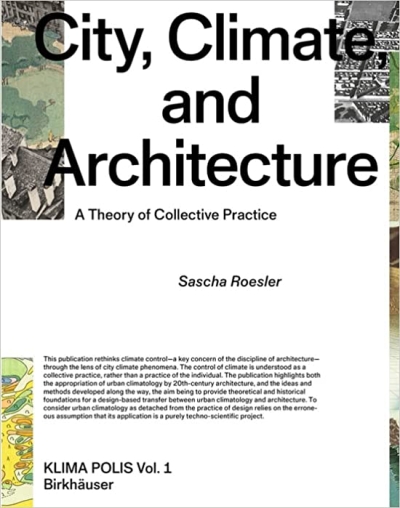
City, Climate, and Architecture. A Theory of Collective Practice (Klima Polis, 1)
The publication rethinks climate control – a key concern of the discipline of architecture – through the lens of city climate phenomena over the course of the 20th century. Based on a history of climate control on urban scales, it promotes the integration of indoors and outdoors in order to reduce environmental and thermal loads in cities. Just as heating and cooling practices inside the buildings are affecting the (urban) climate outdoors, urban heat islands are influencing the energy requirements and thermal conditions inside the buildings.
While the first part of the book focuses on the interwar period in Europe, the publication’s second part considers examples from all over the globe, tracing the growing significance of ecological thinking for the design of urban environments.
Main outcome of a six-year research project on "architecture and urban climates," funded by the Swiss National Science Foundation.
A new series highlighting design-driven approaches to urban climates across the globe

































































































